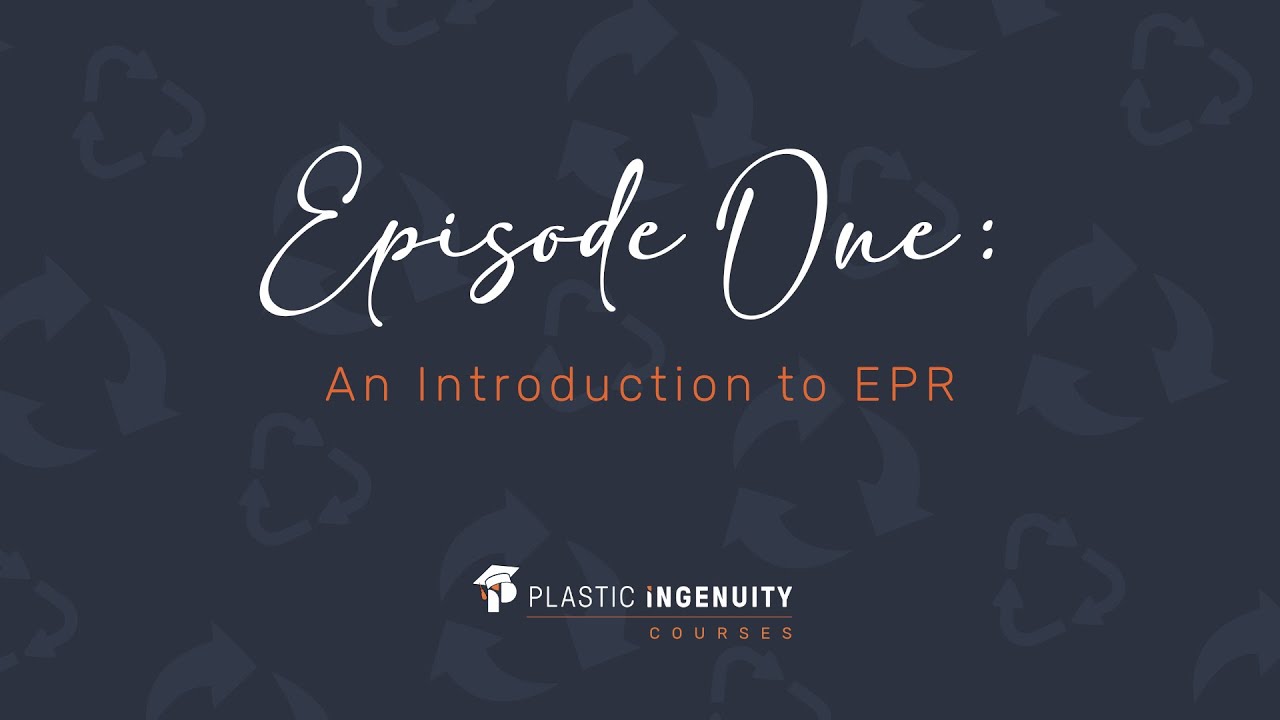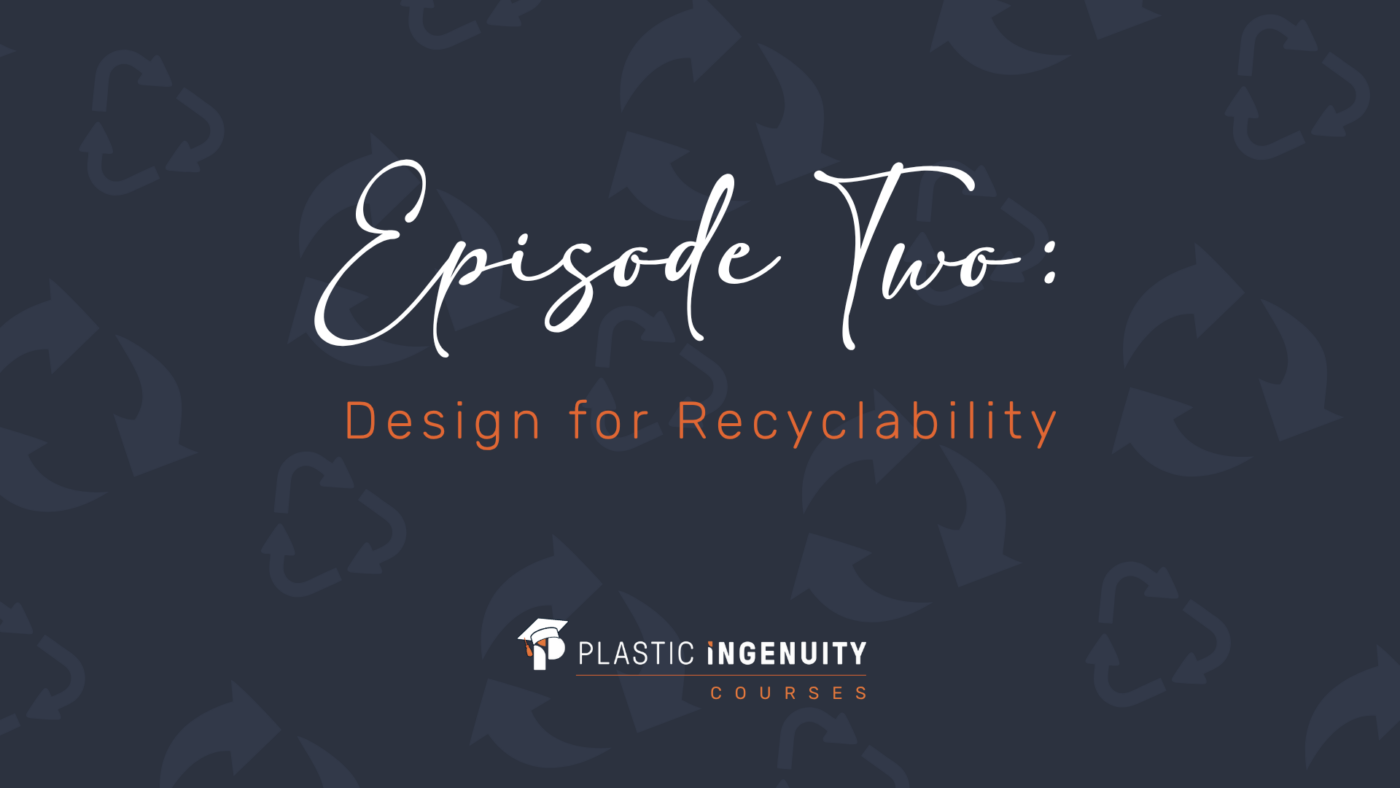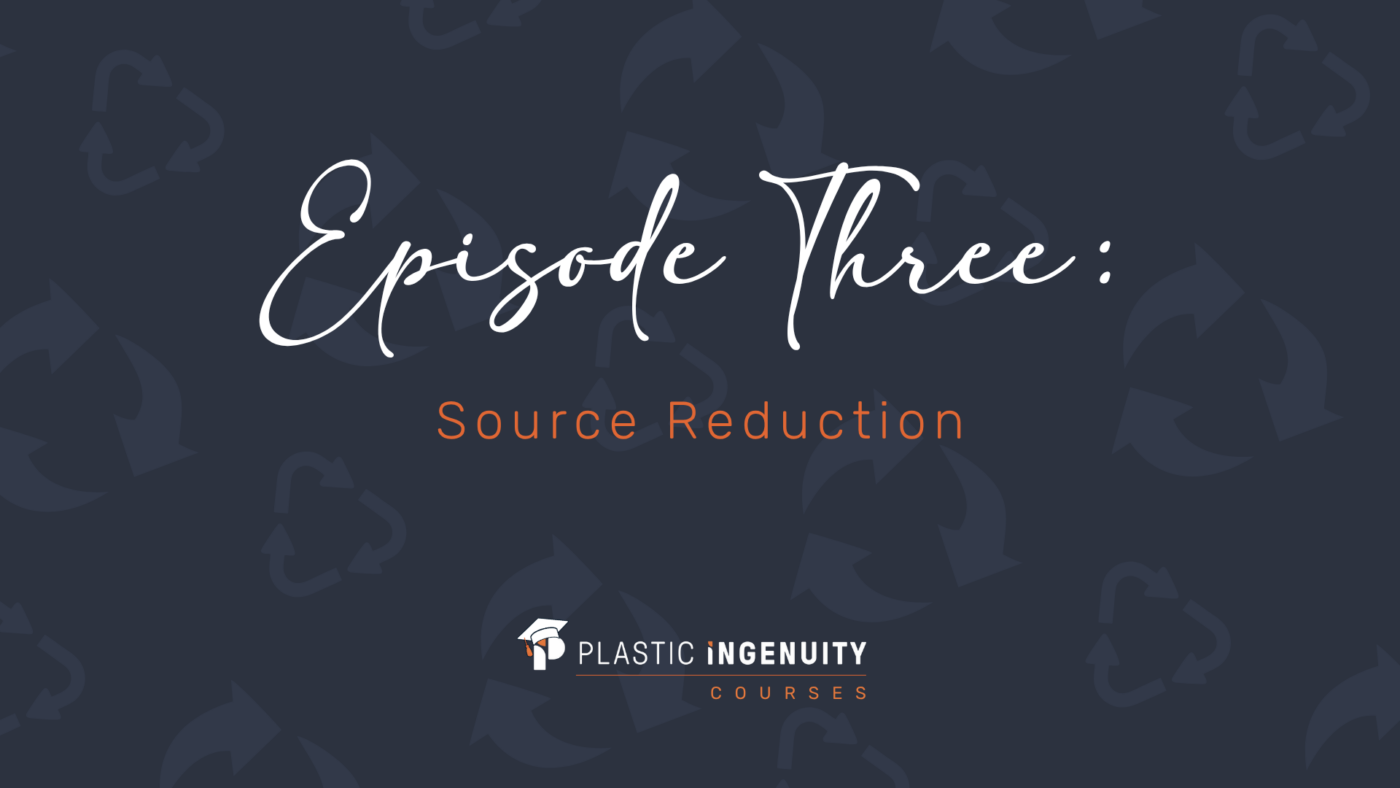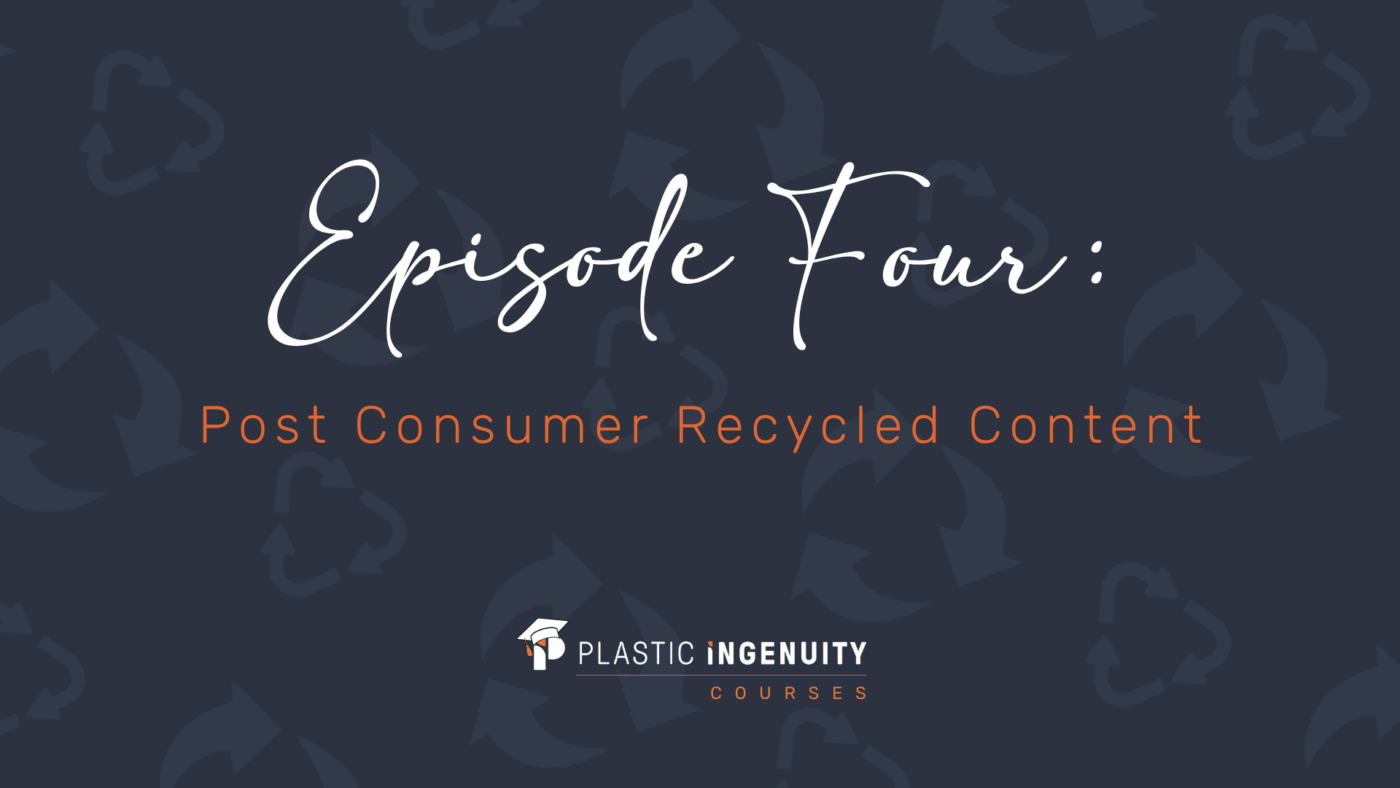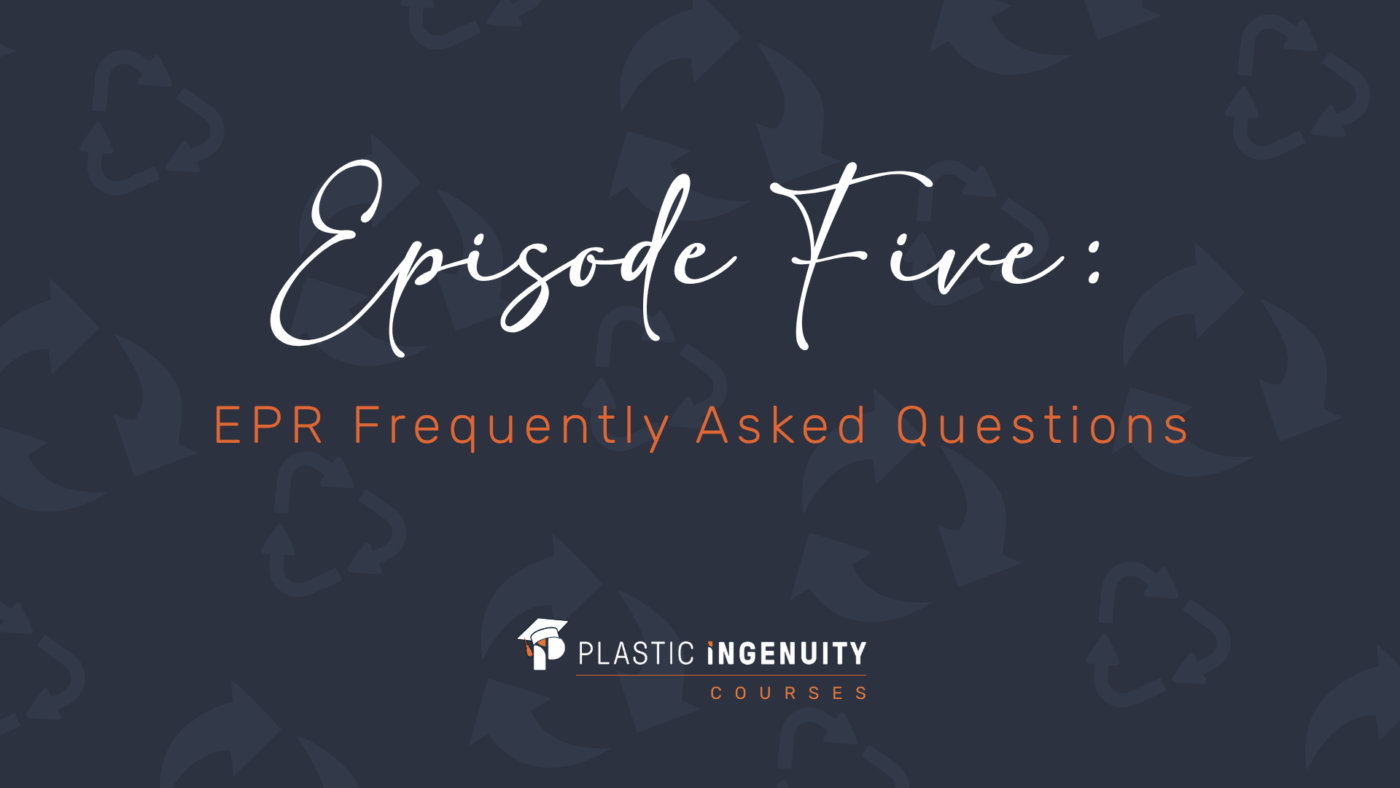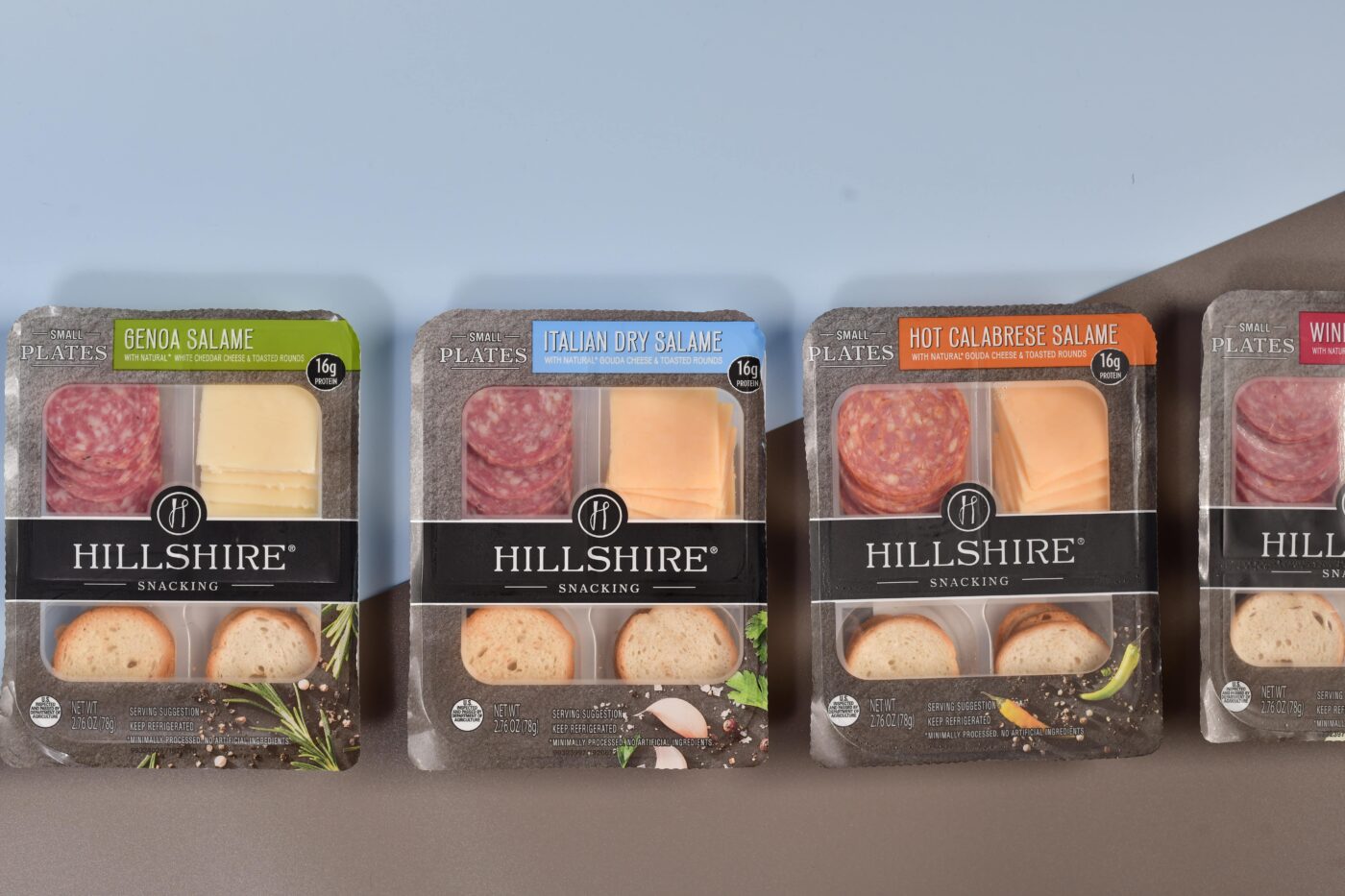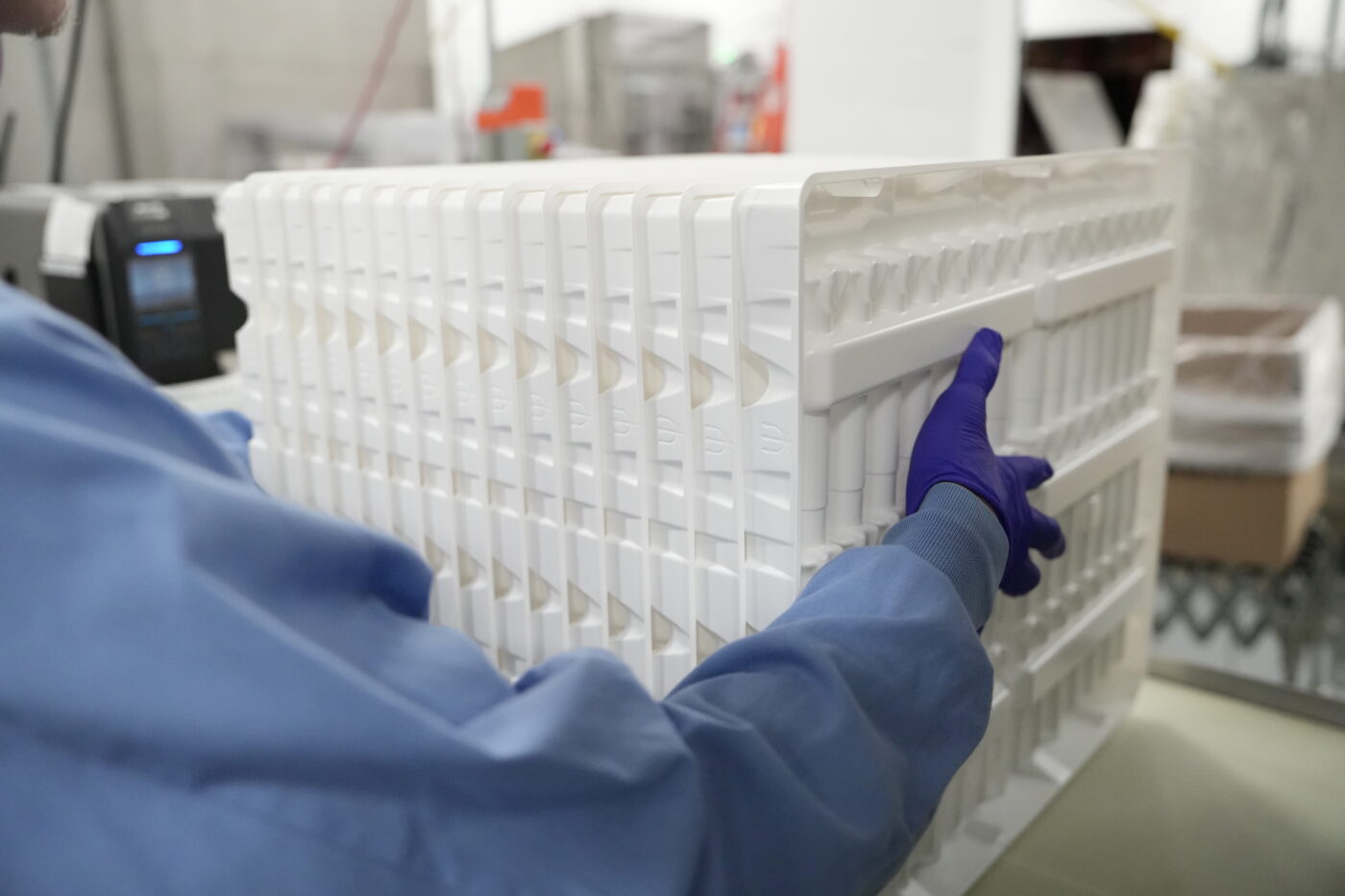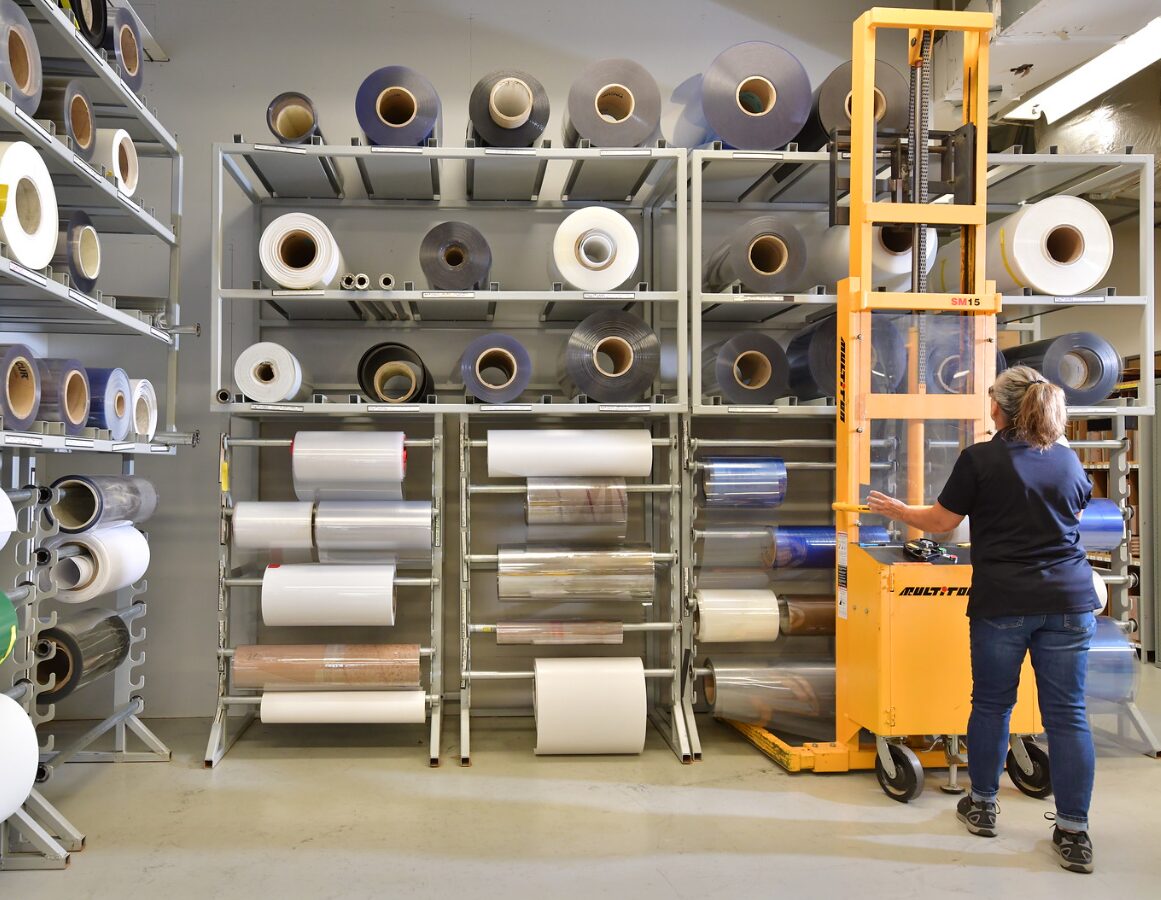
Welcome to Good Information Courses by Plastic Ingenuity. These courses are designed to give a deeper understanding of thermoformed packaging. Now available on YouTube.
Who is this course for?
Throughout this course, you will become familiar with the principles of thermoformed packaging. If you’re a packaging engineer, procurement officer, buyer, sustainability manager or packaging development researcher, this detailed course will help you become familiar with thermoforming and how you can impact your sustainability efforts.
Getting Started:
Watch each course one YouTube, by clicking the image, or, view the entire playlist here.
Course 1: Thermoform Circularity
In this first course of the PI series, we explore the essential role of thermoformed packaging and how it can evolve toward true circularity.
Lesson 1 begins with an introduction to thermoforming, covering the step-by-step process, its advantages compared to other plastic processing technologies, and the life cycle of thermoformed products. Lesson 2 dives into the world of polymers, explaining the properties, applications, and recyclability of common plastics used in thermoforming—and the unique challenges of mixed materials. Lesson 3 examines mechanical recycling, including the collection, sorting, and reprocessing steps that determine whether thermoforms achieve recyclability in practice. Lesson 4 expands the conversation to advanced recycling, looking at cutting-edge technologies such as purification, depolymerization, and conversion, as well as the role of mass balance and certification in scaling these solutions. Finally, Lesson 5 focuses on circularity itself, pulling together the drivers of change, barriers that must be overcome, and strategies stakeholders can use to design, recover, and reuse thermoforms in a thriving circular economy.
By the end of this course, participants will gain a comprehensive understanding of thermoforming technology, the materials that shape it, and the recycling systems—both mechanical and advanced—that are critical to achieving circularity.
Course 2: Sustainable Packaging
In our second edition of PI Courses, we will explore the evolving world of sustainable packaging and its impact on global sustainability goals. In Lesson 1, we begin by defining sustainability and discussing its significance, the United Nations’ definitions, and the unique challenges and benefits of sustainable packaging. In Lesson 2, we discuss Life Cycle Assessments, leveraging industry insights to evaluate packaging’s environmental footprint. In Lesson 3, we review sustainable materials, including types (fiber, metals, plastic), their feedstocks, formats, and performance trade-offs, concluding with an analysis of end-of-life options. Lesson 4 focuses on designing for sustainability. Highlighting strategies for reducing waste, selecting reusable and recyclable packaging, and understanding certifications. Circularity is discussed as an important but not sole aspect of sustainable design.
Course 3: Healthcare Packaging Sustainability
In this edition of PI Courses, we examine the critical role of packaging sustainability within the healthcare industry—where protecting patient health and maintaining product efficacy must be balanced with reducing environmental impact.
Lesson 1 introduces the healthcare packaging landscape, exploring the unique challenges of designing sterile and effective packaging while striving toward sustainability goals. Lesson 2 dives into the complex regulatory environment, including ISO 11607 requirements, advanced recycling innovations, and evolving policies like the EU’s Packaging and Packaging Waste Regulation (PPWR). Lesson 3 focuses on healthcare plastics recycling, highlighting the barriers to recovery, innovative technologies, and collaborations driving progress in this space. Finally, Lesson 4 brings it all together with strategies packaging professionals can use to design more sustainable healthcare packaging, from material choices to waste reduction practices.
This course provides insights into how packaging engineers and industry leaders can navigate regulatory requirements, adopt innovative recycling solutions, and contribute to a circular economy—without compromising patient safety.
Bonus Course: Extended Producer Responsibility (EPR) Video Series
Stay ahead of evolving packaging regulations with Plastic Ingenuity’s EPR Compliance Course. This video series offers a high-level overview of Extended Producer Responsibility and dives into core strategies for meeting state-level mandates across the U.S. Through short, focused lessons, you’ll learn how to design for recyclability, implement source reduction, and integrate post-consumer recycled (PCR) content—along with answers to the most common EPR questions brands face today.
Whether you’re new to EPR or refining your compliance program, these videos provide actionable insights, tools, and industry best practices to help your brand reduce environmental impact, meet regulatory requirements, and lead in sustainable packaging.

















